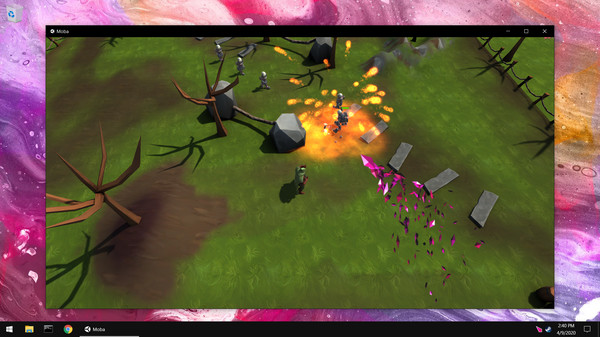- Mac Os Mojave Cursor For Windows
- Download Mac Cursor For Windows
- Mac Cursor For Windows
- Mac Cursor For Windows 7
- Mac Cursor For Windows Download

Windows 10 machines need Remote Desktop enabled to accept connections from other Windows computers, as well as macOS computers running the Microsoft Remote Desktop 10 app for Mac. If you’re not sure how to turn on and configure the feature, read our tutorial on How to enable Remote Desktop in Windows 10 (or Windows 7). From Windows XP to Windows Vista to Windows 7, 8, 8.1 and now, Windows 10, lots of things changed in layout or functionalities inside Windows operating system but the most frequently used thing is as it is – The mouse cursor. Unlike other changes and upgrades, the mouse cursor has seen little to no improvements.
Let’s be honest: to the average person, the idea of running two different operating systems at the same time on one computer is pretty weird. This idea naturally leads to questions like these:
- How do I know which one I’m using at any one moment?
- How do I switch between them?
- Which applications do I use?
And of course:
- Why would I want to do that?

As a Parallels Desktop® for Mac user, you can probably answer the last two questions like this:
- Because I need to run some Windows applications, and I have (and love) a Mac®.
But you might not know all the ways you can switch between Mac and Windows, so in this blog post I’ll show you. Which one of these ways you might use depends on how you use Parallels Desktop.
1. Window Mode
In Window mode, Windows runs in a window on your Mac screen.
You switch between Mac and Windows just be moving your cursor—what could be easier! See Video 1:
2. Full Screen Mode
In Full Screen mode, both Mac and Windows fill the entire screen. You switch between them with a three-finger swipe on your trackpad. See Video 2 (Note: The hand gesture video insets are from lifehacker.com):
3. Coherence Mode
In Coherence mode, Mac and Windows applications run side-by-side on the Mac desktop. You switch between them just as you would switch between two Mac applications: just click inside the window of the application you want to use. See Video 3:
I hope these three ways help you to easily and quickly switch between Mac and Windows whenever you want.
Try Parallels Desktop for free for 14 days!
| Other names |
|
|---|---|
| Operating system | Microsoft Windows |
| Type | Cursor |
The Windows wait cursor, informally the Blue circle of death (known as the hourglass cursor until Windows Vista) is a cursor that indicates that an application is busy performing an operation. It can be accompanied by an arrow if the operation is being performed in the background.
The wait cursor can display on programs using the Windows API.
History[edit]
Mac Os Mojave Cursor For Windows
From the first version of Windows to Windows XP, it was represented by an hourglass, which was inspired by the waiting cursor in Apple Lisa.[1]
Windows Vista introduced a new, animated wait cursor. The wait cursor in Windows 7 was almost identical.[2] It is possible, however, to change the appearance of the cursor into the original hourglass cursor.
Download Mac Cursor For Windows
Windows 8 introduced a new flat wait cursor. The new cursor is light blue on dark blue and removes the fade and the particles from the animated part.

Usage[edit]
There are two uses for the wait cursor: short term and long term. The wait cursor is a shared resource in the system across applications and windows. By default, when the mouse cursor is in a window, the cursor shown is controlled by the window's registered window class and handling of WM_SETCURSOR. Different scenarios can be used instead.[3]
In Microsoft Foundation Class Library (MFC) the wait cursor can be controlled by CWaitCursor. If a local instance is created, the wait cursor is reset when the instance goes out of scope. It is used primarily for short term wait cursors.[3]
In Windows Forms, each Control instance has a Cursor property, which can be controlled by the application itself. Control.Cursor is the cursor shown when the mouse is in the control's region; System.Windows.Forms.Cursor.Current is the cursor shown when the mouse enters any window of the application.[3]
Mac Cursor For Windows
For long term wait cursors, the UseWaitCursor property can be set (either Control level or application level) on one occasion and reset at another time.[3]
Mac Cursor For Windows 7
References[edit]
- ^Morton, Mike. 'Lisa's Hourglass Is Back!'. MacTech. 5 (5). Waipahu, HI: Xplain.
- ^Zheng, Long (15 August 2009). 'Windows 7 'busy' cursor misses a beat'. istartedsomething.com.
- ^ abcd'Wait cursor in Windows and C#'. Binglong's space. Retrieved 26 August 2015.



